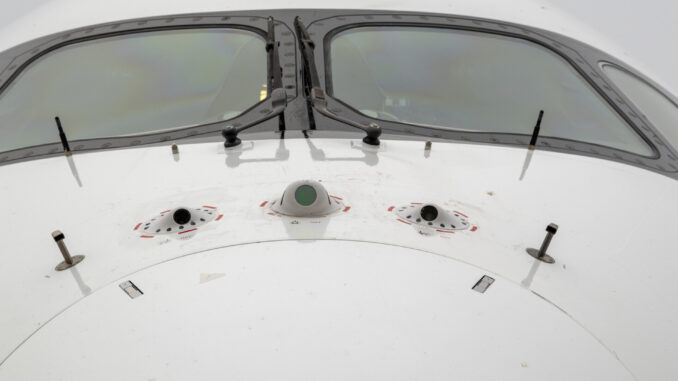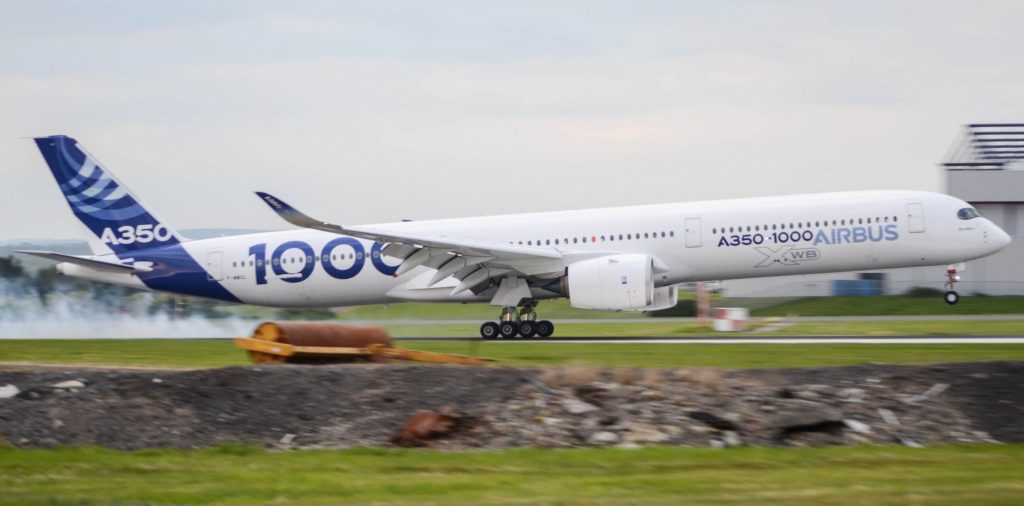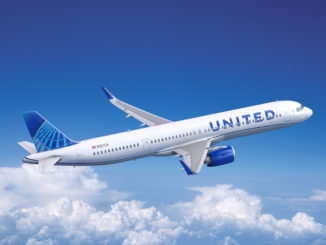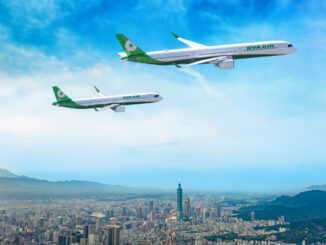
Airbus UpNext has begun testing next-level pilot assistant technology on an Airbus A350-1000 aircraft.
The wholly-owned Airbus subsidiary is testing a system known as Dragonfly which includes the ability to autonomously divert the aircraft in flight with automatic landing and taxi ability.
Airbus says that the technologies were able to assist pilots in-flight during a simulated incapacitated crew member event and also during landing and taxiing operations.
The test aircraft was able to generate a new flight trajectory plan and communicate with both Air Traffic Control and the airline Operations Control Centre, all whilst taking into account external factors such as flight zones, terrain and weather conditions,
“These tests are one of several steps in the methodical research of technologies to further enhance operations and improve safety,” said Isabelle Lacaze, Head of DragonFly demonstrator, Airbus UpNext. “Inspired by biomimicry, the systems being tested have been designed to identify features in the landscape that enable an aircraft to “see” and safely manoeuvre autonomously within its surroundings, in the same way that dragonflies are known to have the ability to recognise landmarks.”

Airbus UpNext is also developing features for taxi assistance, which were tested in real-time conditions at Toulouse-Blagnac Airport. This works by giving the crew audio alerts in reaction to obstacles, assisted speed control, and guidance to the runway using a dedicated airport map. They are also launching a project to prepare the next generation of computer vision-based algorithms to advance landing and taxi assistance.
The tests onboard the A350-1000 have been made possible by Airbus partners including Cobham, Collins Aerospace, Honeywell, Onera and Thales.
DragonFly was partially funded by the French Civil Aviation Authority (DGAC) as part of the French Stimulus plan, which is part of the European Plan, Next Generation EU, and the France 2030 plan.




